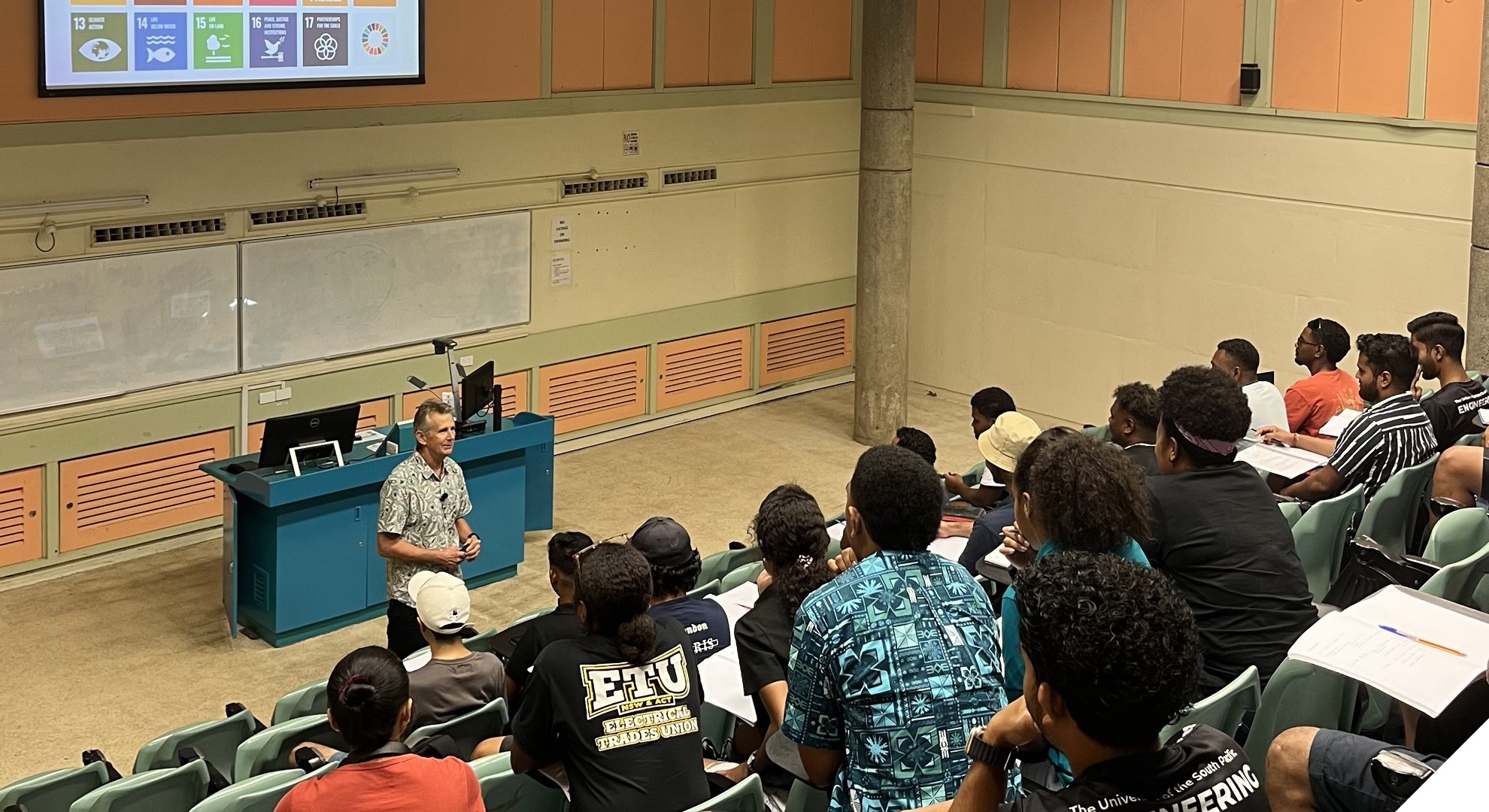Additionally, fragmented policies across our federated system of government create inconsistencies in how innovation receives uplift and fit-for-purpose regulation.
Even when innovation turns into reality, innovative products and services often struggle to gain market traction. Successful scalability of commercial products comes to pass only when innovation actors align their research focus with market needs. In turn, this can drive tangible impact and maximise the return on their innovation investments. Cue effective government and industry support. Governments and large-scale enterprises can play a key role as early adopters by purchasing innovative solutions. Yet procurement policies often favour established players over start-ups and hinder small and medium enterprises (SMEs).
Australian businesses face difficulties in scaling up and accessing global markets due to trade barriers, logistical constraints and a lack of international networks. Compared with the US, China and the EU, Australia has fewer mechanisms in place to integrate SMEs into global supply chains, limiting their ability to expand beyond the domestic market.
A shortage of highly skilled workers in key industries such as advanced manufacturing, AI, and quantum computing poses a major innovation challenge. The competition for global talent is intense, and Australian visa restrictions, limited career pathways and competitive salary structures make it hard to attract and retain top researchers and technical experts.
Additionally, gaps in Science, Technology, Engineering, and Mathematics (STEM) education and training mean that many graduates lack the practical skills needed for high-tech industries. Strengthening university-industry collaborations, and expanding apprenticeship and re-skilling programs, would help bridge this gap and ensure a steady pipeline of innovation-ready STEM talent.
Australia’s business and investment culture tends to be more risk-averse compared with other innovation-driven economies. Many investors prioritise short-term returns over long-term innovation, making it challenging for start-ups to secure funding for high-risk, high-reward ventures.
This hesitancy contrasts with ecosystems like Silicon Valley, where venture capitalists are more willing to fund bold, disruptive ideas.
Addressing these barriers requires a multifaceted approach that includes long-term funding mechanisms such as stable, multi-year funding programs to support high-risk, high-reward innovation. Governments should implement adaptive regulations that keep pace with technological advancements and reduce bureaucratic red tape. Investments in talent, procurement policies, financing, performance measurement and education can transform the Australian technology and innovation landscape.
The outcome of all this will be a resilient, responsive and powerful sector underpinning our future health and safety. The next Cochlear implant, cancer screening test and AI technologies are out there – we need to create the system to unearth them.












